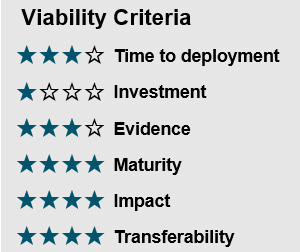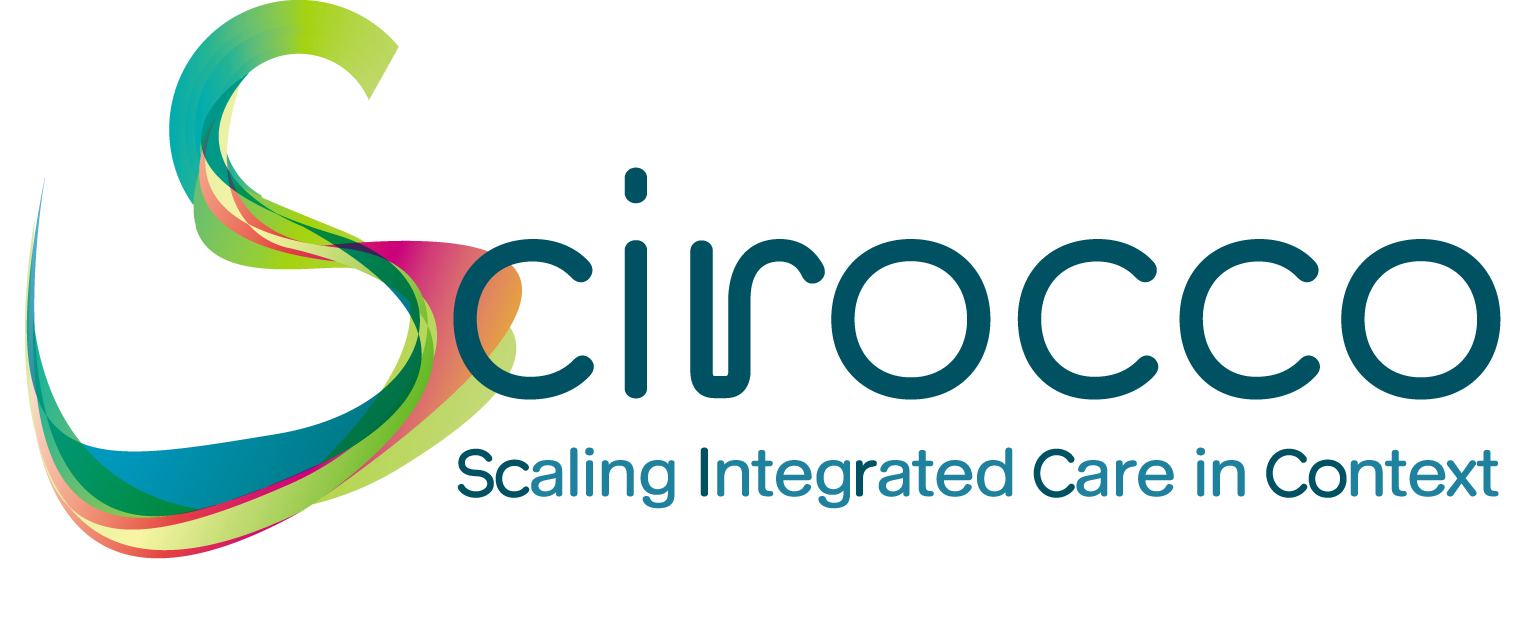Good Practices Overview | Basque Country | Czech Republic | Norrbotten | Puglia | Scotland
 Telemonitoring COPD patients with frequent admissions
Telemonitoring COPD patients with frequent admissions
Summary of the good practice:
COPD is a leading cause of morbidity and mortality worldwide with two important impact points; one is the use of healthcare resources that the disease implies; and the other, the effect of the disease in the patient. Hospitalization has been identified from years as the main factor of cost in this disease. At the same time exacerbation, especially hospitalization, has potential severe consequences in the COPD patient as loss of pulmonary function and quality of life and increase in mortality risk.
The project has the following objectives:
- Determine the rate of readmission for exacerbation in a cohort of patients with COPD with readmissions to the hospital, comparing with themselves in the previous 2 years and during the same period of intervention, with respect to an external control group.
- Determine the frequency of this cohort of patients with COPD who are readmitted to hospital emergency departments compared to a control group.
- Evaluate the quality of life related to health during follow-up period compared to a control group.
- Evaluate the degree of satisfaction of patients in both cohorts.
- Establish medical costs arising from the implementation of this program about a group treated by conventional care and respect to the costs prior to the inclusion of this program.
The inclusion criteria were being hospital admitted at least twice in the previous year or at least three times in the 2 previous years. The cohorts were follow-up for 2 years. Several clinical measurements like pulmonary function, exercise capacity, health related quality of life, limitation in daily life activities and anxiety and depression were recorded in both cohorts. Telemonitoring and an organized education program were only and applied in the intervention cohort.
Finally, the key aspects that can be transferable are the education programme and the programme of telemonitoring and control of the patients.
URL: n/a
Challenge addressed by the good practice
- Economic problems. We had to stop including some patients to the program due to budgetary problems. Currently, this problem does not exist.
- Coordination problems. Not all actors understood the program (some doctors of primary care and the eHealth centre among others).
- Problems with adapting the software tool. The care team (nurses and doctors) had to work with the computer technicians to obtain a suitable tool.
- Problems in the development of the program. The program has to evolve and this requires resources.
Key innovative elements of the good practice
- Reduction in the rate of hospitalizations.
- Decreased rate of readmissions.
- Reduction in the rate of visits to the emergency department.
- Reduction of hospital stays.
- Improvement in clinical parameters (quality of life, exercise capacity)
Full Scirocco information on the good practice
SciroccoGP-Basque-4-Telemonitoring-COPD-Patients-with-Frequent-Hospitalisation.pdf [PDF]
Publications and reports on the good practice
Documented evidence. Evidence is based on systematic qualitative and quantitative studies.
The evidence regarding the effectiveness of telemedicine in COPD is controversial. The main reason is that in general, telemedicine is included in a package that includes other interventions besides telemonitoring. Therefore, establishing which is the intervention that matters is complicated. There are jobs in the literature for and against. Make meta- analysis is complicated because jobs are very heterogeneous (inclusion criteria, study population, intervention, monitoring). Our intervention is different since it does not focus on COPD in general but in a subgroup of patients with COPD, with continuous readmissions.
Contact point: Cristobal Esteban Gonzalez; Cristobal.estebangonzalez@osakidetza.eus


